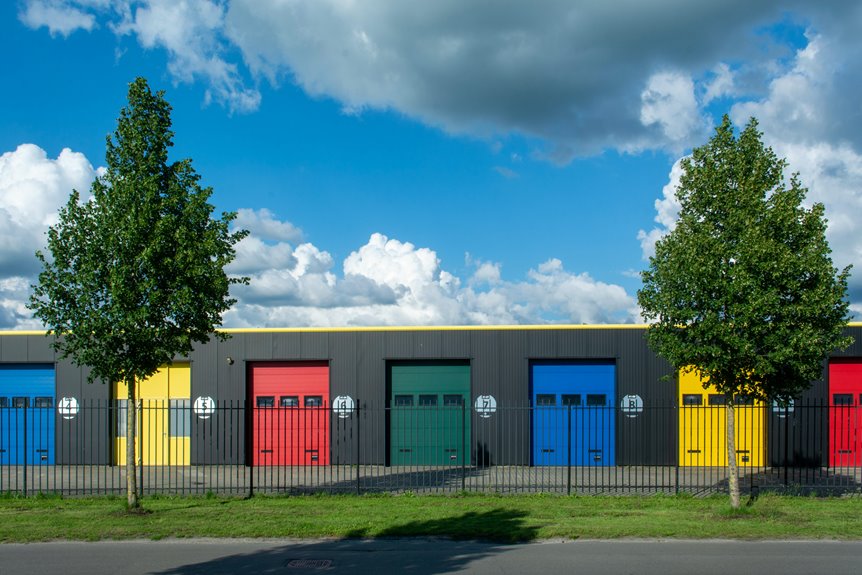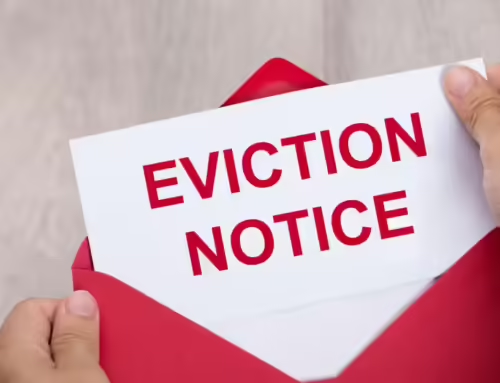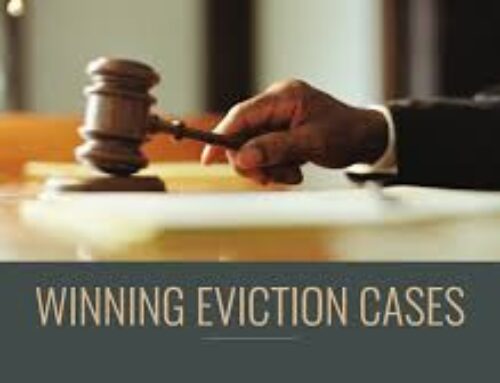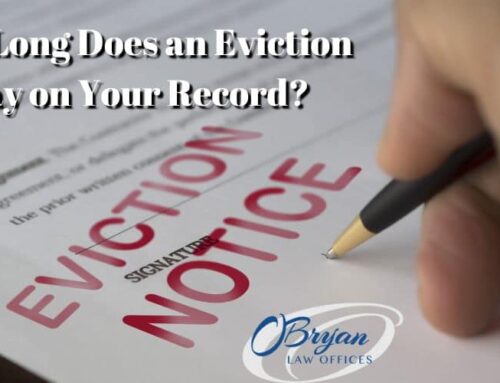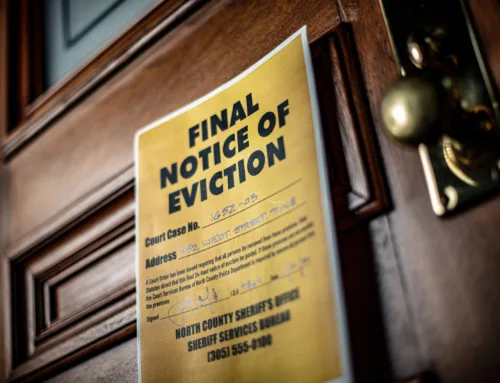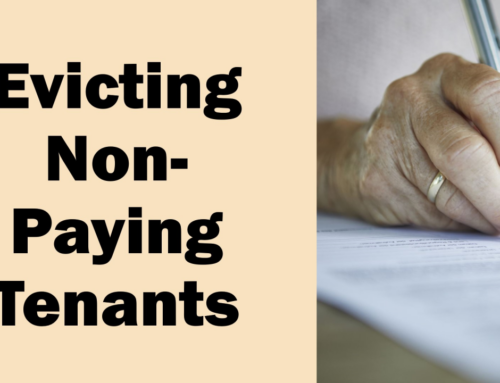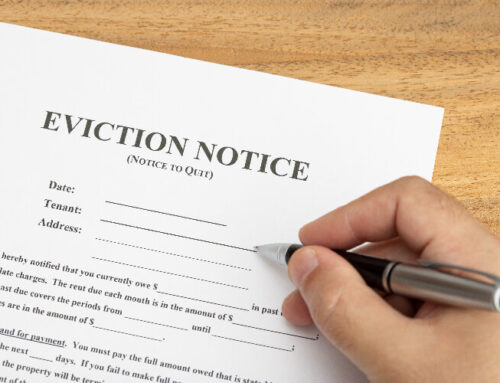Experiencing an eviction can be a challenging time for both tenants and landlords. Once the eviction process is complete, landlords often face the task of rehabilitating the property to prepare it for future tenants. This process not only restores the property’s value but also ensures it meets safety standards and is appealing to potential renters. In this blog, we’ll explore the steps landlords can take to effectively rehabilitate a property after an eviction.
If you want to know “How to handle abandoned property after eviction”
Steps for Rehabilitating a Property After an Eviction
1. Assess the Condition of the Property
The first step in rehabilitation is conducting a thorough inspection of the property. Look for:
- Structural issues: Check for damage to walls, floors, and the roof.
- Plumbing and electrical systems: Inspect for leaks, faulty wiring, or other safety hazards.
- Interior and exterior damage: Look for wear and tear, broken windows, or other signs of neglect.
Creating a detailed list of repairs needed will help you prioritize tasks and budget accordingly.
2. Clean the Property Thoroughly
A deep cleaning is essential after an eviction. This not only improves the appearance of the property but also eliminates any odors or contaminants. Consider the following:
- Remove trash and debris: Clear out any remaining items left behind by the previous tenant.
- Deep clean carpets and flooring: Hire professionals if necessary to ensure a thorough job.
- Clean windows and surfaces: Dust and sanitize all areas, including kitchens and bathrooms.
3. Make Necessary Repairs
Once the cleaning is done, focus on repairs identified during your assessment. Prioritize safety and functionality:
- Repair or replace damaged fixtures: This includes light fixtures, faucets, and appliances.
- Fix plumbing and electrical issues: Hire professionals for any significant repairs to ensure compliance with local codes.
- Patch walls and repaint: A fresh coat of paint can dramatically improve the property’s appeal.
4. Upgrade and Modernize
Consider making upgrades that can increase the property’s value and attract higher-quality tenants. Some improvements to consider include:
- Energy-efficient appliances: These can appeal to environmentally conscious renters and reduce utility costs.
- Modern finishes: Updating countertops, cabinets, or flooring can make the property more attractive.
- Smart home features: Adding smart thermostats or security systems can be appealing to tech-savvy tenants.
5. Ensure Compliance with Local Regulations
Before renting out the property again, ensure that it complies with local housing codes and regulations. This may involve:
- Conducting safety inspections: Check for issues such as smoke detectors, carbon monoxide detectors, and fire safety.
- Obtaining necessary permits: Ensure that any renovations or repairs comply with local zoning laws and building codes.
6. Market the Property Effectively
Once the rehabilitation is complete, it’s time to market the property to attract potential tenants. Utilize various marketing strategies, including:
- Online listings: Use popular rental websites and social media to reach a broader audience.
- High-quality photos: Invest in professional photography to showcase the property’s best features.
- Open houses: Hosting an open house can generate interest and allow potential tenants to see the property in person.
7. Screen Potential Tenants Thoroughly
To avoid similar issues in the future, conduct thorough background checks on potential tenants. Consider the following:
- Credit history: Look for a solid credit history to ensure they can meet rent obligations.
- Rental history: Contact previous landlords to verify their rental behavior.
- Employment verification: Ensure they have a stable source of income to cover rent.
Conclusion
Rehabilitating a property after an eviction is a crucial process that can lead to a more successful rental experience. By assessing the condition of the property, making necessary repairs, and marketing effectively, landlords can not only restore their investment but also create a welcoming environment for future tenants. Taking the time to rehabilitate the property properly can lead to reduced vacancy rates and higher-quality renters in the long run.
FAQs
Q: How long does it take to rehabilitate a property after an eviction?
A: The timeline for rehabilitation varies based on the extent of repairs needed. A simple clean-up and minor repairs can take a few days, while significant renovations may take several weeks.
Q: Should I hire professionals for repairs?
A: It depends on your skill level and the complexity of the repairs. For major plumbing or electrical work, it’s advisable to hire licensed professionals to ensure safety and compliance.
Q: How can I ensure I find good tenants after rehabilitation?
A: Conduct thorough background checks, verify employment, and check rental history to find reliable tenants. Additionally, offering competitive rental prices and maintaining the property well can attract quality renters.
Q: What if I don’t have the budget for extensive renovations?
A: Focus on essential repairs and cleaning first. Small cosmetic changes, such as painting or minor landscaping, can also make a significant difference without a large investment.
Q: Are there any legal obligations I must fulfill before renting the property again?
A: Yes, ensure that the property complies with local housing regulations and safety codes. This may involve obtaining necessary permits and passing inspections.
Rehabilitating a property after an eviction requires effort and attention to detail, but it is an essential step toward ensuring the property is ready for future tenants. By following these guidelines, landlords can successfully navigate this process and set the stage for a positive rental experience.

